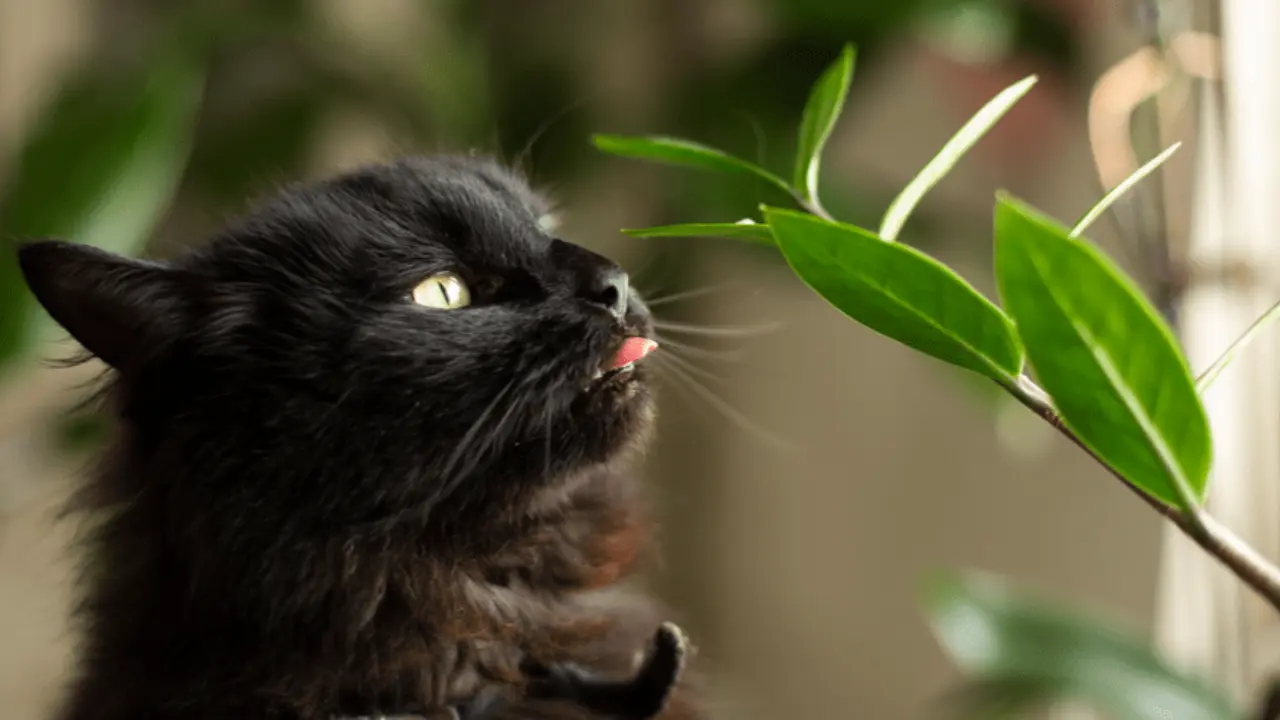As a cat owner, you must know the hazards that plants and flowers can pose to your furry friends. Baby’s breath is apopular choice for floral arrangements. Many pet owners wonder whether a baby’s breath is toxic to cats. In this article, we will examine the various aspects of a baby’s breath toxicity and provide valuable insights to ensure the safety and well-being of your feline companion.
What is Baby’s Breath?
Baby’s breath, scientifically known as Gypsophila, is a genus of flowering plants comprising around 150 species. These plants are native to Europe, Asia, and Africa and are characterized by their tiny, clustered flowers and abundance of small white or pink blooms. Baby’s breath is commonly used as a filler in floral arrangements due to its delicate appearance and long-lasting nature.
Common Varieties of Baby’s Breath
Several popular varieties of baby’s breath include Gypsophila paniculata, Gypsophila elegans, and Gypsophila muralis. Gypsophila paniculata, a familiar baby’s breath, is the most widely recognized species in floral bouquets and decorations.
Toxicity of Baby’s Breath to Cats
Regarding the toxicity of babies’ breath to cats, it is essential to note that these plants are considered mildly toxic. The exact poisonous principles are not well-documented, but it is believed that certain compounds present in a baby’s breath can cause gastrointestinal irritation and upset when ingested by cats.
Symptoms of Baby’s Breath Toxicity
If your cat has come into contact with the baby’s breath or ingested any part of the plant, it’s crucial to watch out for potential symptoms of toxicity. Some common signs of baby’s breath toxicity in cats include:
- Vomiting
- Diarrhea
- Drooling
- Loss of appetite
- Lethargy
- Pawing at the mouth or face
If you observe any of these symptoms or suspect your cat has been exposed to the baby’s breath, immediately address the situation.
Immediate Actions to Take
If you suspect your cat has ingested baby’s breath or is showing signs of toxicity, it is vital to act promptly. Here are some immediate actions you can take:
- Remove the source: Remove any remaining baby’s breath from your cat’s environment to prevent further exposure.
- Clean the mouth: If there is any residue of baby breath on your cat’s mouth or face, gently clean it using a damp cloth.
- Observe and comfort: Monitor your cat closely for worsening symptoms and provide comfort and reassurance.
Seeking Veterinary Assistance
While mild cases of baby’s breath toxicity can often be managed at home, it is advisable to seek veterinary assistance if your cat’s symptoms persist or worsen or if you are uncertain about the severity of the exposure. A veterinarian can provide professional guidance and recommend appropriate treatment options.
Preventing Exposure
Prevention is vital when it comes to ensuring the safety of your cat. To prevent exposure to baby’s breath and other potentially toxic plants, consider the following precautions:
- Research plant toxicity: Familiarize yourself with the toxicity levels of common plants and flowers and ensure they are safe for your cat.
- Keep plants out of reach: Place flowers and plants in areas inaccessible to your cat, such as high shelves or hanging baskets.
- Provide cat-friendly alternatives: Offer your cat safe, non-toxic options to chew on, such as cat grass or catnip.
Cat-Safe Alternatives to Baby’s Breath
If you enjoy having floral arrangements in your home and want to provide a safe environment for your cat, consider these cat-friendly alternatives to baby’s breath:
- Spider plants (Chlorophytum comosum)
- Boston ferns (Nephrolepis exaltata)
- African violets (Saintpaulia)
- Orchids (Orchidaceae family)
- Christmas cacti (Schlumbergera)
Conclusion
While baby’s breath may add a touch of elegance to floral displays, it is essential to be cautious of its potential toxicity to cats. Understanding the risks associated with a baby’s breath and taking preventive measures can help keep your feline companion safe and healthy. Remember to address any symptoms of toxicity and seek veterinary assistance promptly.

